Codesigning Games with Students through a Pandemic - Part 1
By Franklin Guttman, with foreword and edits by Jesse Flot
Foreword
The following article serves as a journal entry from CMU Game Design student Franklin Guttman as they explore codesign with K12-aged students through the Player-Programmed Partner Games (P3G) project, under COVID-19 restrictions. P3G is an Innovations in Development project that seeks to offer STEM Education in out-of-school time settings, while simultaneously bringing the human-robotics interaction paradigms of robotics education up-to-date. Under COVID-19 restrictions, researchers developed and utilized "Coboxes". These literal boxes contained prompts and game design resources to educate the K12-aged students in subjects of cobots and game design while simultaneously soliciting their input for the design of new digital games.
Codesign Journal Entry
When I first joined the P3G project in the Spring of 2019, the central design problem being explored was how to help kids who don’t see themselves growing up to work with technology and robotics to realize that they could do this in the future. The final design is planned to be a game/mainly digital experience which has kids in the 7-12 age range playing alongside Co-Bot partners and engaging in the technology and robotics that they could later work with in their adult lives. What was so exciting about this goal was the idea that this feeling of self-belief could be instilled in the kids through play. The addition of research and design, as well as the end goal of changing how they viewed growing up, didn’t need to take on serious adult connotations, it could potentially take the shape of childhood, full of wonderment and imaginative experiences. Designing specifically for children required a bit of a child’s attitude, because children especially have little patience for boredom. They have no interest in endless extensive surveys, packets of questionnaires, or traditional interviews. If you want to learn how to design for them, how to make something they will find fun and exciting, you have to ask your questions in the same way: fun and exciting. The end goal of self-belief requires play but so does learning about your population in the first place.
For the project’s research, we designed “Co-Boxes” which were sets of toys, games, and other play materials for kids to keep and use, each one focused on answering specific questions about the population we were designing for. For example, my second group of research probe concepts for Co-Box was designed around the question of “what do kids do for fun?”. I wanted to know how kids entertain themselves, how much they use their imagination or games/toys around them, and what they are excited to show off about it when asked.
Each question asked by the research probes should be helpful towards designing specific aspects of the final project, as in what do you want to know from the kids about themselves that will help you design the best final experience for them possible? “What do kids do for fun?” can help form a baseline for what kids are interested in and passionate about to the point where they’re excited to show it off and engage with people about it, which in turn helps design a final game that plays to those passions and habits.
The second group of probes was based around an activity called the ‘Big Blue Ball’, in which kids received a 15-20 inch inflatable blue plastic ball with eyes printed on it, and were asked to customize their ball as a co-bot and then show it what they do for fun. The activity was completed with them taking photos of the Big Blue Ball and them together doing whatever the kid’s were interested in and passionate about enough to show it off to the Ball.
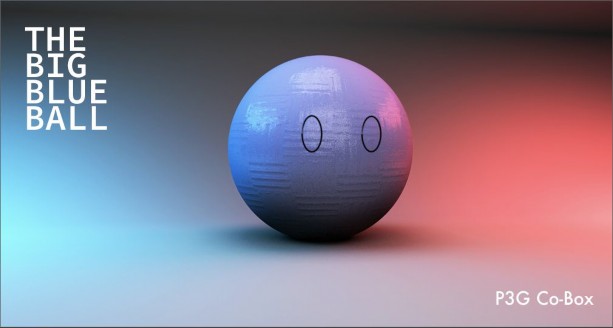
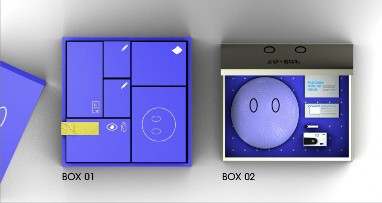
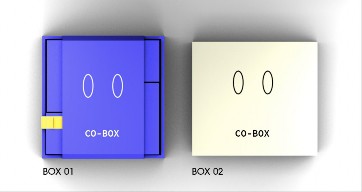
These pictures, customizations, and “showing off their play” from the kids helps to answer the primary question of what they do for fun and what they’re passionate about.
After going through the process of (and discussing it with my teammates on P3G) developing this probe design, as well as specifically choosing which questions it addresses and how they tie into the needs of the development of the final design, I became more aware of it and was able to utilize it more purposefully with the third round of probes.
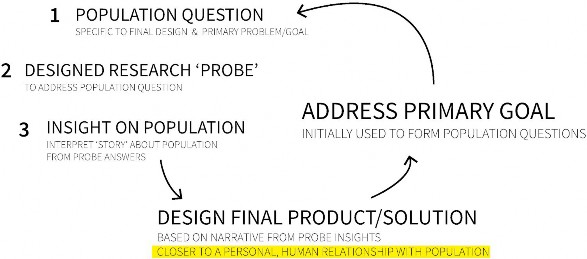
For me, the working process is currently looking something like the diagram above.
The third group of probes developed from the initial ‘population question’ of “What do kids want to play in the future?”. This question mainly addresses the final design of the game mechanics / level design (what kinds of things kids ‘dream’ of playing, allowing us to create an entirely unique and transformative experience as their ‘dream’ play may not exist today). It also helps with creating setting and themes, as it gives insight into how children envision the future both personally and in a larger context.
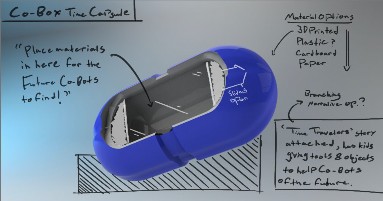
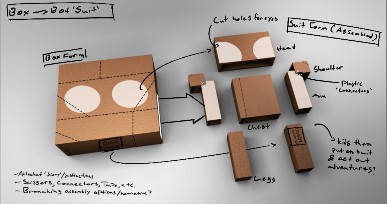
These probes consisted of a Time Capsule activity concept and a Co-Bot Cardboard Suit concept. Each prompts children to brainstorm and dream about how they would want to play in the future as well as encouraging emphatic answers about recommending current games to ‘children in the future’. Ideally, the takeaways from these probes will help inform our final design and address the initial goal of the project, to instill self-belief about the future in children in exciting, transformative ways.